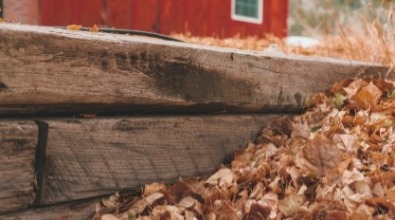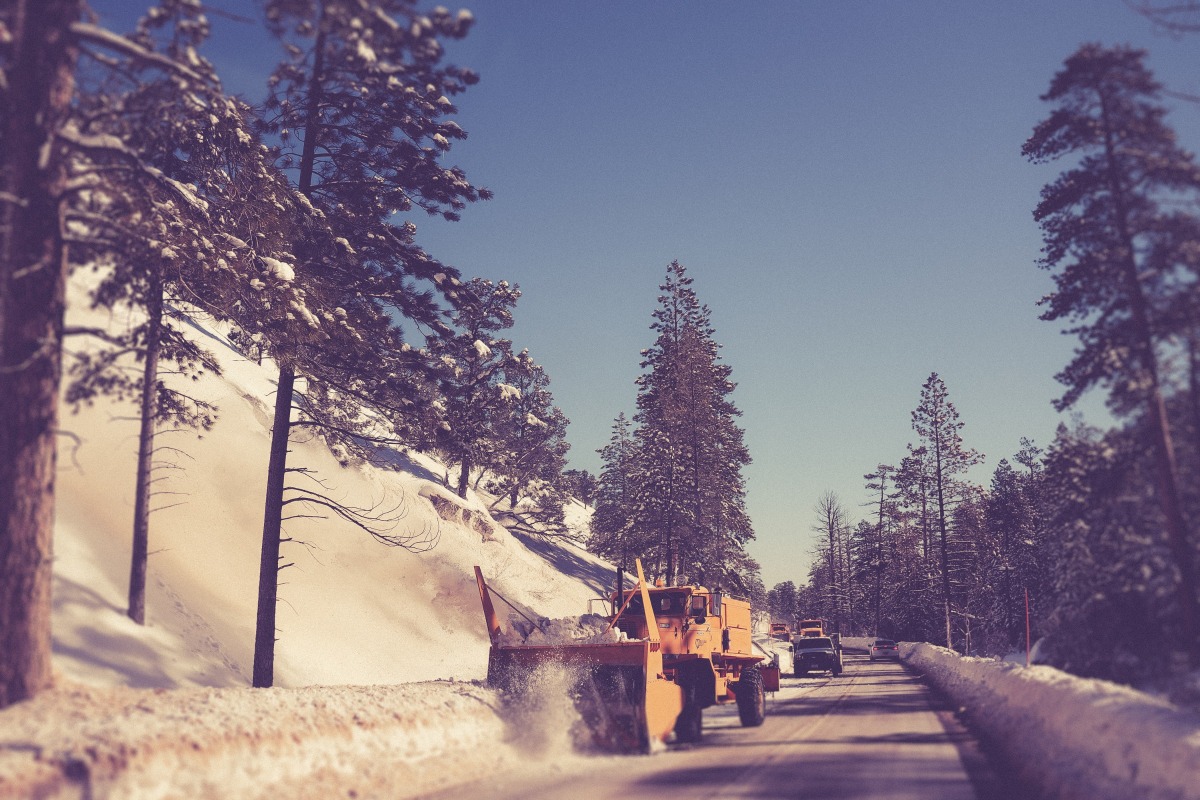How to Winterize Your Lawn
by Dale Walker
As soon as you start pulling out your winter socks and sweaters, it's time to turn your attention to your yard. To guarantee a healthy, green lawn come springtime, winterize your lawn in late fall. Now's the time to set up your lawn for success next year.

Aerate
Help your cool-season grasses take a deep breath by aerating your lawn in the fall. This will loosen compacted soil and make sure air, moisture, and nutrients can reach grass roots.

Clear Debris
Raking and bagging fallen leaves can feel like an endless task in the autumn. But it's a big part of promoting the health of your lawn. Allowing leaves to pile up can invite snow mold, rodents, and lawn pests. You can let a small amount remain if you run over them with a mulching mower. Mulched leaves will add nutrients back into the lawn over winter. All that raking is also good for dethatching your lawn.
Fertilize
Cool-season grasses such as bluegrass, fescue, or perennial rye will need a hearty meal before the lawn goes dormant. There are many different types of fertilizer, so you'll want to choose one that's suited for both the season and the grass type. Be sure to choose a winter fertilizer, which will be rich in potassium and support healthy root growth. If, on the other hand, you have a warm-season lawn such as Bermudagrass, St. Augustine, or Zoysia, you may want to fertilize sparingly and save your big feeding for the spring.
Overseed
This is the time to add some cool-weather grass seed over the lawn, especially in areas that are looking a little thin. Make sure you do this early enough in the fall to give the seeds a chance to germinate. Daytime temperatures should be around 60 to 70 degrees for optimal results. In the cooler weather, grass seedlings will have less competition from weeds and should be able to establish easily.
Protect from Road Salt

Weed Aggressively
Before winter, you have a perfect window of time for removing weeds. The more you're able to eliminate weeds now, the less likely they'll make a comeback when the weather warms up again. This is critical for giving overseeded lawns a chance to thrive because it helps to remove the competition for nutrients.
Before you hang up your gardening gloves and winterize the lawnmower, make sure you've taken steps to winterize your lawn. Once you've prepared the grass, you can call it quits on lawn care and cozy up for the holidays.
About the Author
Dale Walker owns a sprinkler company. In addition to repairing and winterizing sprinkler systems, he recently started installing automatic drip irrigation systems to create eco-friendly and maintenance-free lawns.
